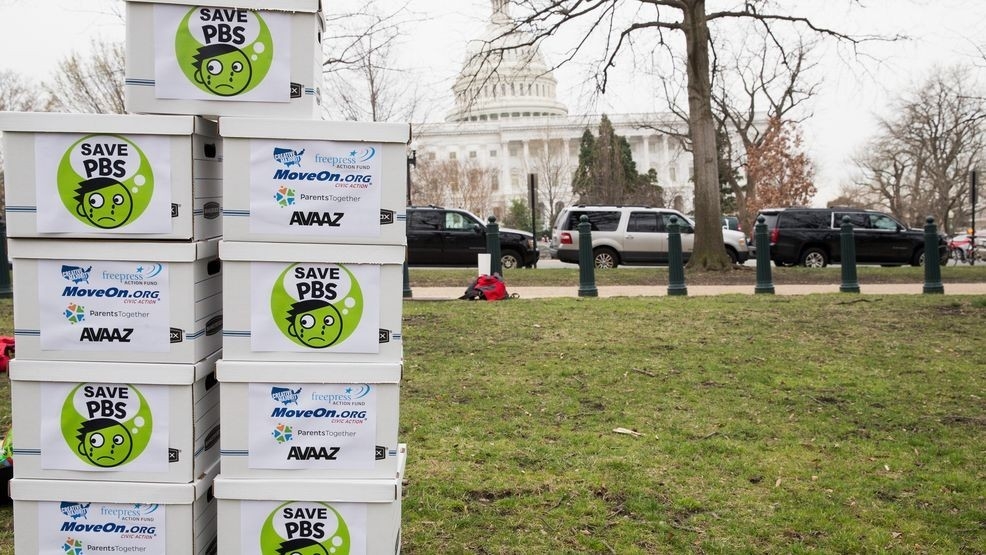Description
(TNND) — A new report calls on Americans to drive safer and on U.S. policymakers to take note of why fewer Canadians are dying in traffic crashes.
The study comes from the Insurance Institute for Highway Safety and Canada’s Traffic Injury Research Foundation.
Fatality trends between the neighboring countries have diverged over the last decade or so.
Traffic deaths in the U.S. rose 33% between 2011 and 2021.
In Canada, deaths declined 18% over a similar period.
The researchers pointed to Canada’s road-safety laws and enforcement, which tend to be stricter or more widespread. Those are laws dealing with distracted driving, seat belts, speeding and more.
“Ideally, we’d just convince people that wearing their seat belts and driving slower is good for them, and you get a lot of people that way,” said IIHS Senior Research Scientist Becca Weast, a co-author of the new paper. “And then for the people that you don't get, you have to look at how you're enforcing those laws and try to find a way that's going to catch the people who are most likely to cause a fatal crash and ... find a way to help modify their behavior."
The U.S. has the highest per capita crash fatality rate among 29 high-income countries, according to IIHS.
Back in 2013, Americans and Canadians were equally likely to be killed in a crash, as measured by traffic fatalities per 100 million vehicle miles traveled.
Driving had been getting safer in both countries for about eight years.
Then progress stalled in the U.S., and the lines diverged as the fatality rate kept falling in Canada.
The rate of traffic deaths really increased in the U.S. during the pandemic.
Data shows the fatality rate hit a 15-year high in the U.S. in 2021.
More than 40,000 Americans were killed in crashes in each of 2021, 2022 and 2023.
Weast said they looked at both “exposure” variables and policy variables, and they don’t believe Americans die in crashes at a higher rate simply because we have more people.
That’s why they believe policymakers can save lives.
IIHS recently launched its 30x30 initiative with the goal of reducing traffic fatalities 30% by 2030.
And IIHS said look to Canada for hope that policies can make driving safer.
Pedestrian and cyclist fatalities rose 64% in the U.S. but fell 17% in Canada.
Fatalities involving large trucks increased 54% in the U.S. and decreased 24% in Canada.
Crash deaths involving young drivers fell by 52% in Canada while increasing 17% in the U.S.
There's more automated speed enforcement in Canada, Weast said.
“It's a hard sell, and because a lot of the legislation is done at the state and local level, making progress towards those kinds of enforcement efforts, it's really difficult,” she admitted. “It's not to say it shouldn't be attempted in places where it's a good fit.”
The maximum posted speed limit is on average lower in Canada (65) than it is in the United States (about 70), she said.
“Fast crashes are incredibly deadly,” Weast added.
There are fewer fatalities as more of the population is subject to distraction-related laws, such as those for handheld cell phones, she said.
IIHS said most Canadian provinces impose administrative penalties at low blood alcohol concentration readings, while most states here don’t have penalties for drivers if they’re stopped with a BAC between 0.05% and 0.08%.
“It shouldn't have happened,” Weast said of how traffic fatality rates increased here while falling in a very similar country.
“And there are a number of things that we can do to start eating away at that gap,” she said.
News Source : https://wfxl.com/news/nation-world/iihs-sounds-alarm-over-crash-deaths-points-to-safety-progress-in-neighboring-country
Other Related News
08/01/2025
ALBANY Ga WALB - If you have a scheduled appointment coming up at MSA Orthopedic in Albany...
08/01/2025
WASHINGTON TNND The Corporation for Public Broadcasting CPB announced on Friday that it i...
08/01/2025
WASHINGTON TNND Former President Joe Biden warned Thursday that the White House is trying...
08/01/2025
WASHINGTON TNND President Donald Trump expressed more ire with Fed Chair Jerome Powell on...
08/01/2025












